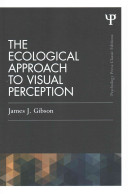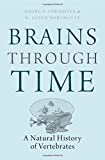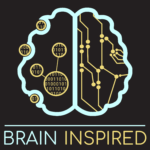
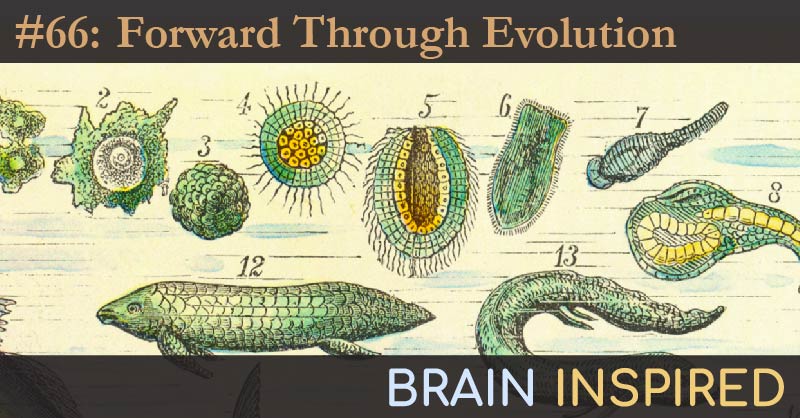
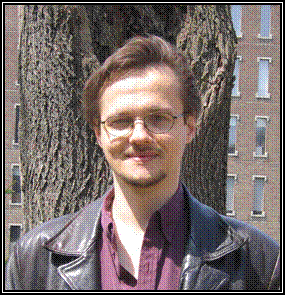
In this first part of our conversation, Paul and I discuss his approach to understanding how the brain (and intelligence) works. Namely, he believes we are fundamentally action and movement oriented – all of our behavior and cognition is based on controlling ourselves and our environment through feedback control mechanisms, and basically all neural activity should be understood through that lens. This contrasts with the view that we serially perceive the environment, make internal representations of what we perceive, do some cognition on those representations, and transform that cognition into decisions about how to move. From that premise, Paul also believes the best (and perhaps only) way to understand our current brains is by tracing out the evolutionary steps that took us from our single celled first organisms all the way to us – a process he calls phylogenetic refinement.
- Paul’s lab website.
- (A few of) his papers we discuss or mention:
- Books Paul recommends about these topics:
- The Ecological Approach to Visual Perception by Gibson.
- Brains Through Time: A Natural History of Vertebrates by Striedter and Northcutt.
- The Neurobiology of the Prefrontal Cortex: Anatomy, Evolution, And The Origin Of Insight by Passingham and Wise.
- The Evolution of Memory Systems: Ancestors, Anatomy, and Adaptations by Murray, Wise, and Graham.
- The ancient origins of consciousness:How the brain created experience by Feinberg and Mallatt.
- Catching Ourselves in the Act: Situated Activity, Interactive Emergence, Evolution, and Human Thought by Hendriks-Jansen.
- In case, like me, you didn’t know what an amphioxus is… here you go.

